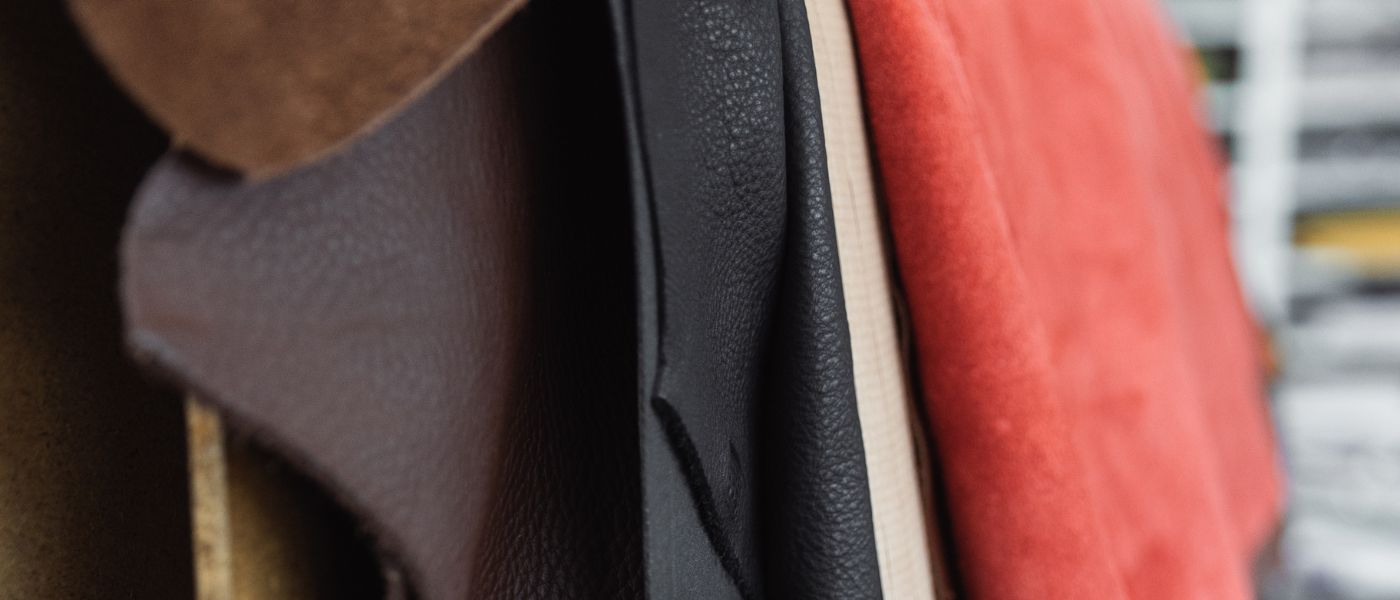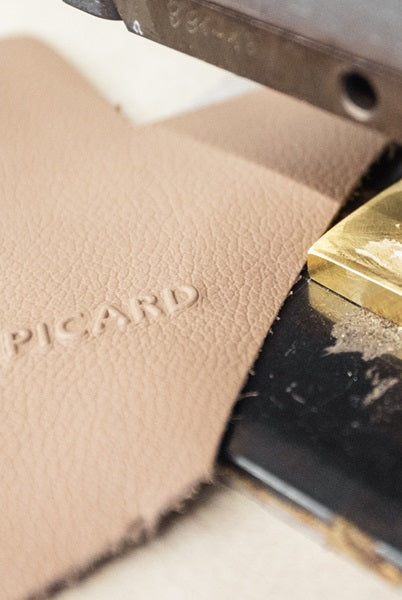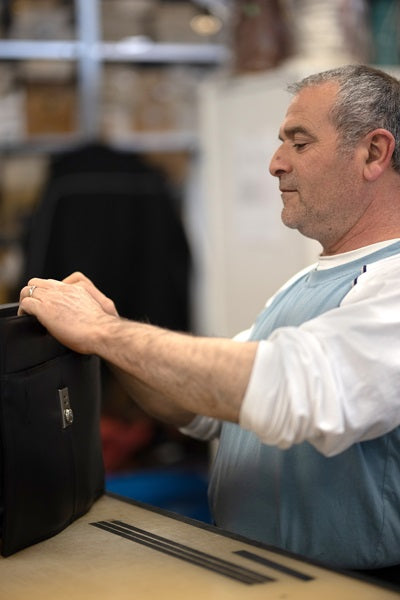
Suede vs suede leather » How to tell the difference
Can you tell the difference between suede and suede or does that sometimes cause you problems? If you are not a leather expert and can neither see nor feel the difference, then this text will explain how you can tell the difference. To do this, you first need to know what suede and suede actually are and how they are produced. So that you can not only tell the difference between suede and suede, but also decide for yourself which leather suits you best, this text also describes the advantages and disadvantages of both types of leather. You will also receive a few care and cleaning tips. Regular care of leather goods is very important so that the high-quality material is protected and does not lose its old shine. Leather is a very durable product that will still make a good impression even after many years if it has been cared for regularly.
Cleaning differs for each type of leather, as many types of leather have different properties. For example, there are types of leather that are very sensitive to water and others that are less sensitive to it. For cleaning, you can choose between special cleaning agents or conventional household remedies. You should therefore first familiarize yourself with the material properties before you can start cleaning and caring for it. Of course, you need to know what type of leather it is. For this reason, it is important to know the difference between suede and suede. Both types of leather belong to the rough leather category, although they differ in their production. Suede is obtained from wild animals and has a naturally rough surface, while suede has been roughened by a sanding process. Suede is often confused with nubuck leather , as the production process is similar. However, nubuck leather is significantly higher quality, as a higher quality split is used in production.
Suede/Suede Difference: What is Suede?
The difference between suede and suede can be found in the production process. Leather can be split into three different areas. Firstly, there is the grain split, which is the highest quality and has a unique grain structure. There is also the flesh split and the uncoated back of the leather skin. Suede is made from the flesh split and the back of the leather skin. There are differences in suede. Compared to nubuck leather, suede is much rougher. The sanding process makes the suede very breathable, which is why it is ideal for sneakers. It is also a very robust material, which is why it is often used for work gloves. The high breathability also plays a crucial role. The reason for this is that hands and feet sweat quickly. This is particularly the case when people do sports or work. The open-pored suede allows sweat to easily migrate to the outside.
If you are wondering "Is suede real leather?", then this question can be answered easily. This suede is real leather that has been given a roughened surface structure. Cow suede has many advantages and can even become waterproof if cared for properly, but you have to waterproof it regularly. You should also roughen it regularly with a special brush. Since the material is insensitive to water, you can simply clean it under running water with the suede brush. You don't need to use soap. This type of suede also has some disadvantages. The sanded surfaces have made the material more breathable, but also more sensitive to UV radiation. If the leather is exposed to the sun for a long time, it can fade quickly. In addition, this suede is known to discolor quickly. This is also one of the differences between the two types of leather.
Suede vs Suede Difference: What is Suede?
It is not so easy to tell the difference with the naked eye, as both materials are suede. It is easier to look at the production process. As the name suggests, suede is leather goods made from the hides and skins of wild animals. These can be elk, deer, kangaroos, stags, antelopes, gazelles or other animals that live in the wild. Nowadays, you can often no longer speak of suede, as the animals from which the leather is obtained usually live in captivity. There are still a few suppliers who sell "real suede", but these products are significantly more expensive. The reason for this is that the raw material is available in much smaller quantities than for animals that live in enclosures. In popular parlance, suede is often equated with suede, which is why it is worth asking the dealer exactly.
The difference between suede and suede is difficult to see with the naked eye and the two types of leather are generally equated. The care and cleaning of suede is very similar to that of suede. A suede brush and some lukewarm water are sufficient for cleaning and care. Like almost every type of leather, suede must be waterproofed regularly.
This is how you can immediately tell the difference between suede and suede!
It is not always easy to tell the difference between different types of leather. If you want to tell whether it is artificial leather, it is usually enough to smell the product, because the unique smell of leather cannot yet be imitated. This and the product description will tell you whether it is real leather. The difference between suede and suede is a little more difficult to tell, because both materials are real leather. Both types of leather are rough leather, but suede is of significantly higher quality than suede. You will therefore notice a clear price difference if it is real suede. If you are still unsure, you should ask your trusted leather dealer which product it is. If you are very familiar with leather goods, you may be able to tell the difference between suede and suede by the color or surface. Alternatively, you should ask someone who is familiar with leather products for help.
Suede leather difference: This is how you can recognize different types of leather!
There is a fire test to determine whether it is real or artificial leather. If you burn real leather, it produces a smell that is very similar to the smell of burnt hair. Since you probably don't want to burn your leather products or go to a store and set fire to the leather goods, you should do a smell test instead. The smell of plastic is very different from the smell of real leather, which will quickly tell you which material it really is. Suede and smooth leather differ primarily in their surface, but also in the production and the animals they come from. Basically, most types of leather differ either in the animals or in the processing.






